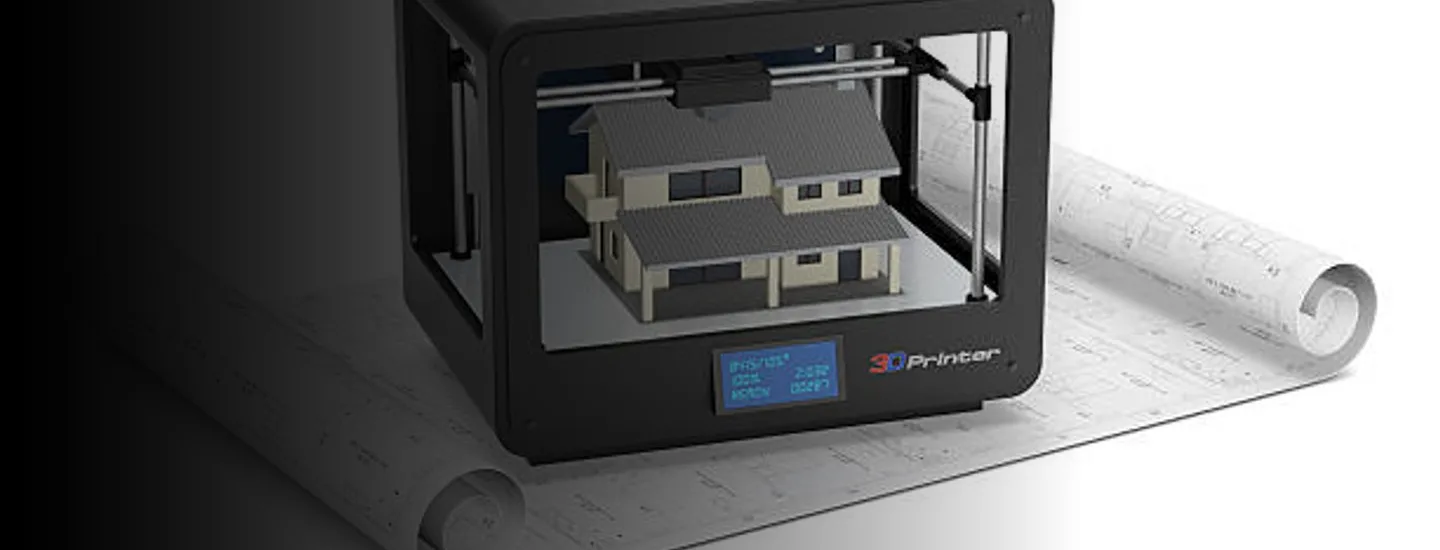The US construction industry is facing challenges on multiple fronts – booming demand for houses, a chronic shortage of labor, supply chain bottlenecks, and soaring costs of lumber and other key building materials.
Could some of the emerging design and construction techniques that have begun to disrupt the sector provide a solution?
Digital tools in the building design phase
The application of new technologies in the building design phase is one such area. New tools and techniques are emerging, which are leading to more efficient and effective collaboration in building design.
Building information modeling (BIM) has been evolving for decades, but the emergence and widespread adoption of cross-discipline communication technologies, such as Slack and Microsoft Teams, has revolutionized the way that different parties are able to use BIM to fully visualize a project and work collaboratively during the design phase. Use of such technologies has partly been fueled by the pandemic, which has made remote collaboration a necessity.
BIM technology is itself evolving. 5D BIM allows for cost and time overlays, while 6D BIM also accounts for energy budgeting. Augmented reality and virtual reality technology have also merged with BIM, allowing designers to test buildings in lifelike simulation environments.
3D printing
In both residential and commercial construction, 3D printing is being used to produce elements of a finished construction – such as walls and frames – more quickly and with less labor than traditional building techniques. The main reason? Unlike humans, 3D printers can work 24 hours a day.
There are also environmental benefits. 3D-printed homes tend to be more energy-efficient and produce less waste than traditional construction methods, because a 3D printer only uses the amount of material required to print the structure, whereas more materials often are ordered than are ultimately used with traditional construction.
While the global 3D printing market for construction specifically is still in its relative infancy and mostly restricted to small start-ups, it is predicted to grow rapidly in the future, reaching more than $1 billion by 2028.
Modular construction
Modular construction typically involves buildings, or parts of buildings, being produced off-site in controlled factory environments, and then assembled onsite.
Modular construction offers significant advantages in terms of reducing construction times and the amount of on-site labor required. It is best suited to projects where the interior construction is repeatable and pre-fabricated rooms can be dropped into, for example, hotels and hospitals.
Quantifying the benefits, understanding the challenges
As for modular construction, estimates suggest it can cut construction schedules by 15-50%, reduce the number of workers required on a construction site by up to 70%, and reduce overall building costs by between 20% and 40%.
One of the challenges for the industry is that the market for 3D printed and modular buildings is yet to fully mature. The cost benefits of these methods largely come from standardization. It remains to be seen how different categories of consumer will respond to decreasing levels of flexibility and customization. This is a market challenge that will play out in the years ahead.
Another challenge – particularly in relation to 3D printing – is that zoning regulations don’t always keep pace with technology. It has only been a matter of months since the first 3D-printed home went on the market in the US, after an arduous process to obtain a permit from local officials who wanted reassurance about the technology and the methods used before they gave consent.
Despite these challenges, few could argue that such innovative approaches to design and construction are not badly needed right now. As we have discussed in previous articles, the scarcity of construction labor is a problem that’s at least a decade in the making, and one which shows no signs of resolving itself. New technologies – allied to new ways of thinking about the problem – could go some way to providing an answer.
